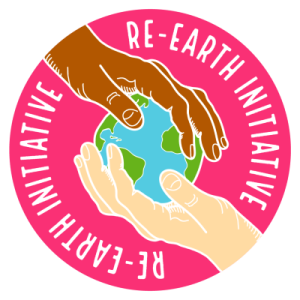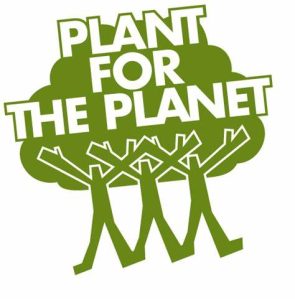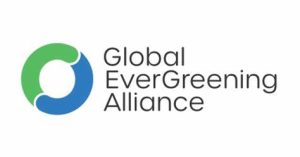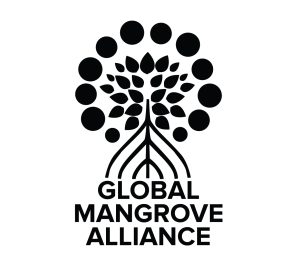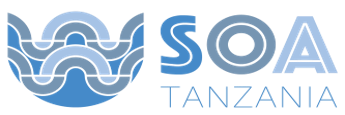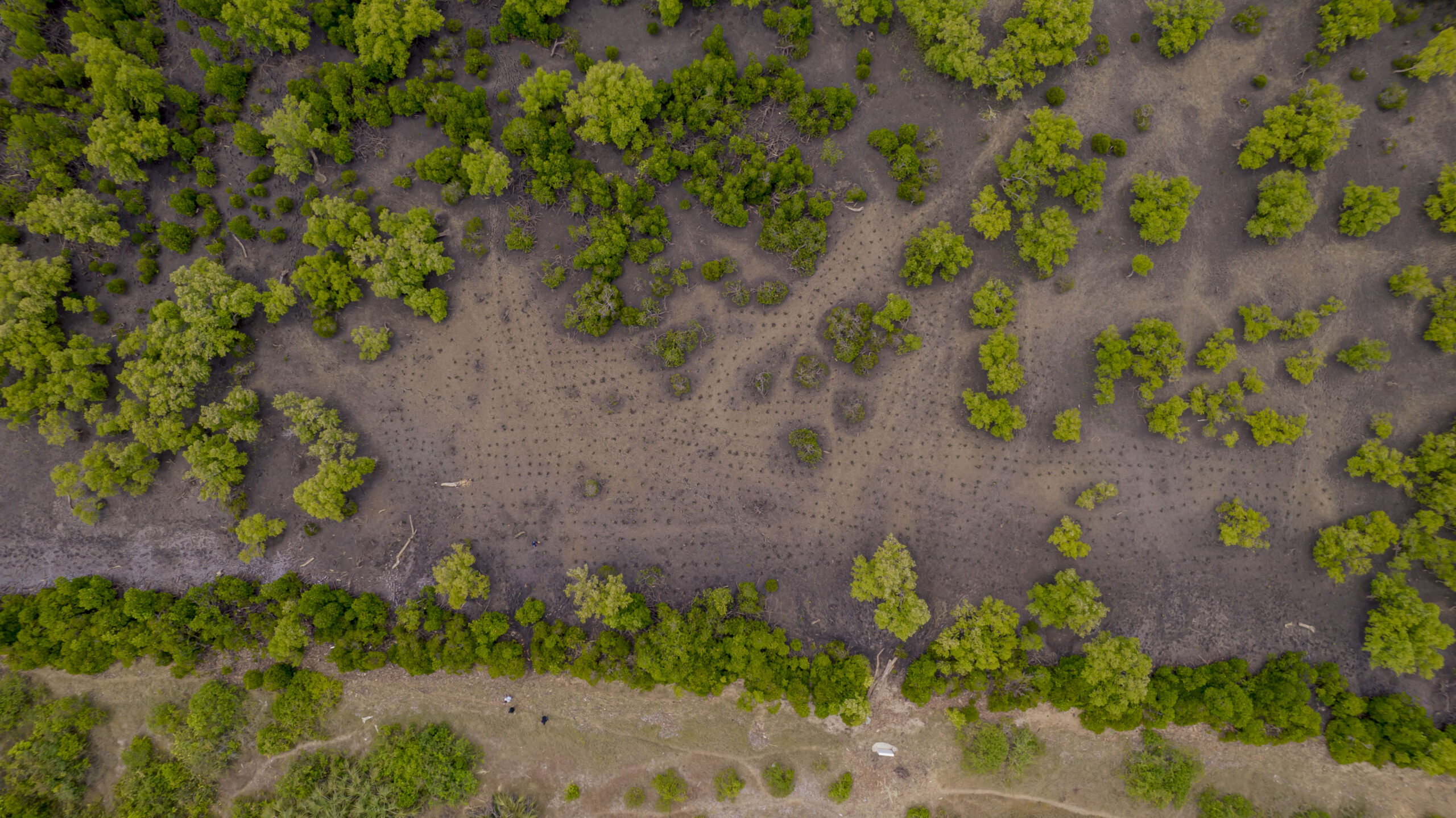MIKOKO YETU PROJECT
About the Project
Mikoko Yetu, meaning “Our Mangrove” in English, is a community-driven mangrove restoration project located in Bagamoyo, Tanzania. Since its inception in 2021, the project has been dedicated to restoring and protecting the mangrove ecosystem, ensuring the sustainability of coastal livelihoods, and mitigating climate change impacts.
Project Goal
The goal of the Mikoko Yetu project is to restore the mangrove forest and its biodiversity while empowering youth and local coastal communities in sustainable blue economic practices. Through conservation efforts, innovations, education, and community engagement, we aim to create long-term environmental and socio-economic benefits for the people of Bagamoyo.
Project Location and Scope
Project is located in Bagamoyo,Tanzania. Bagamoyo is home to a vast 5,635.8-hectare mangrove forest, one of Tanzania’s most significant coastal ecosystems. The Mikoko Yetu project operates within this region, actively working to restore degraded areas and protect existing mangrove habitats.
Tanzania’s Mangrove Ecosystem Tanzania has one of the largest mangrove areas in East Africa, with almost 160,000 hectares. Local communities heavily rely on these mangroves for fuel, food, medicine, construction materials, and income. The economic value of direct use of natural resources in Tanzanian mangroves has been estimated at US$10.3 million per year. However, overuse and shifting agricultural practices have led to significant deforestation and degradation. Since 1991, more than 6,000 hectares of mangroves—over 10% of the total coverage—have been lost. This trend jeopardizes the livelihoods of coastal communities, threatens marine biodiversity, and contributes to environmental degradation.
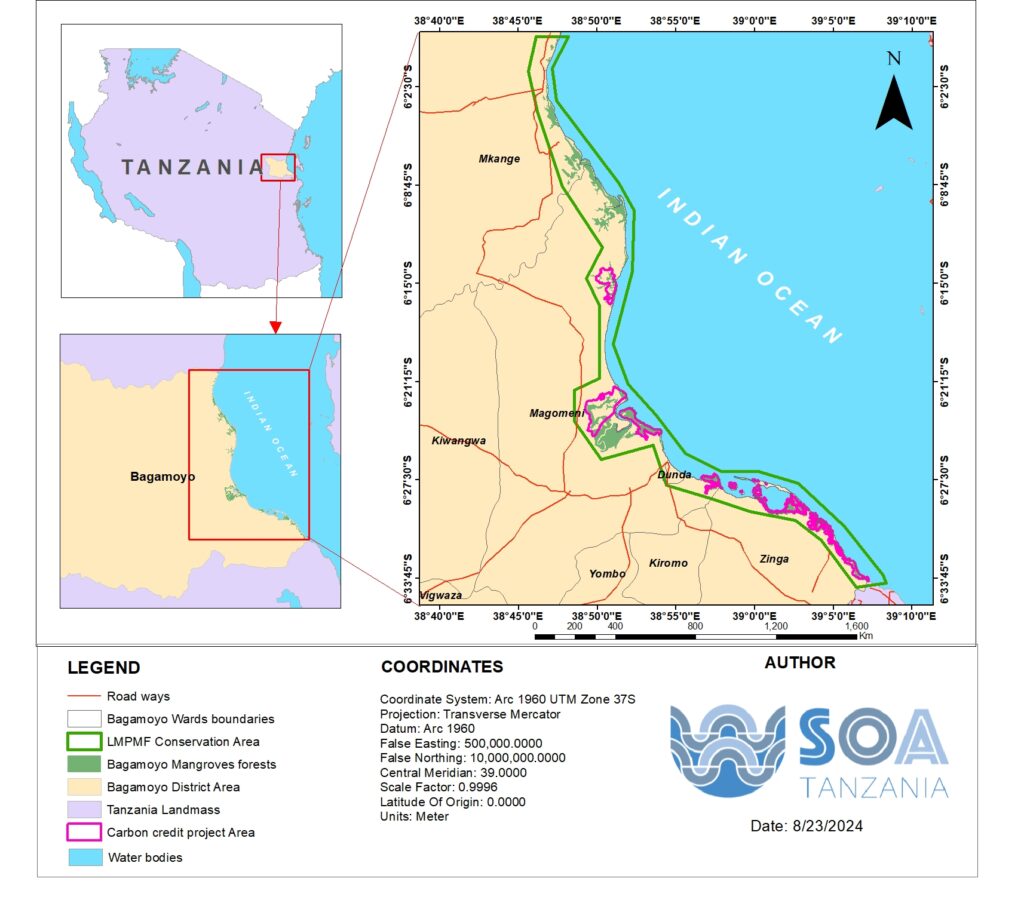
Causes of Mangrove Degradation in Bagamoyo Mangrove forests in Bagamoyo face several threats, including:
Deforestation – Overharvesting of mangroves for firewood, charcoal, and construction materials.
Coastal Development – Expansion of settlements, tourism, and infrastructure projects leading to habitat destruction.
Pollution – Waste disposal, agricultural runoff, and oil spills affecting water quality and mangrove health.
Climate Change – Rising sea levels, increased salinity, and extreme weather events impacting mangrove growth and survival.
Illegal Aquaculture and Overfishing – Unregulated fish farming and destructive fishing practices harming mangrove ecosystems.
Mangrove Deforestation for Salt Brines, Timber, and Firewood – A major cause of mangrove destruction along the Tanzanian coastline.
Mangrove degradation not only destroys critical habitats but also threatens marine biodiversity, leading to coastal erosion and the decline of fish populations that rely on these ecosystems.
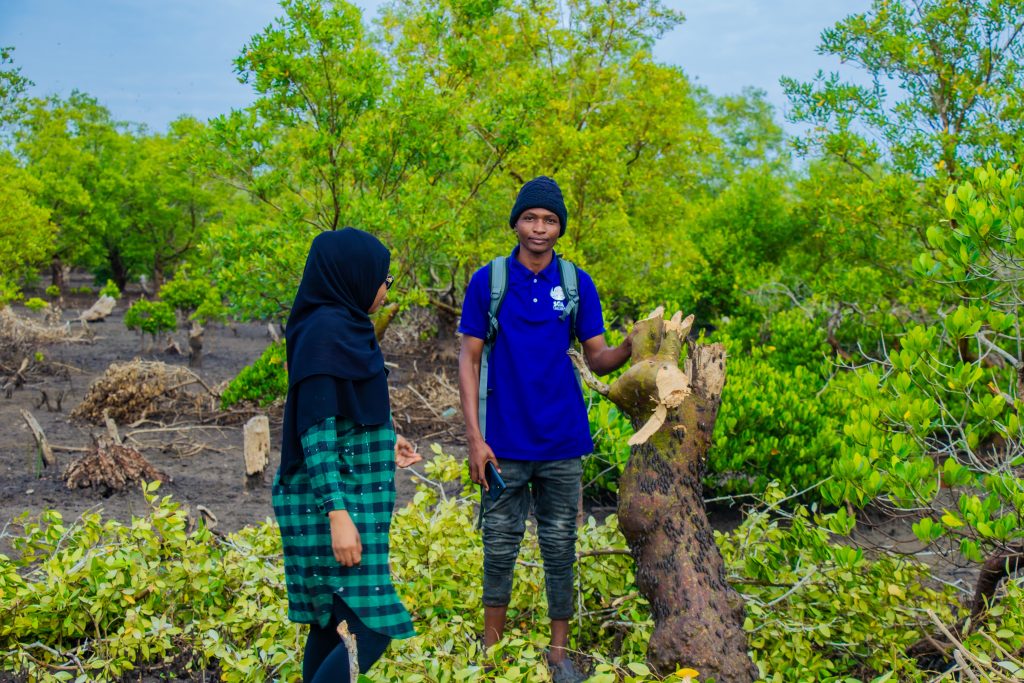
Our Impact Since 2021, we have directly planted over 42,500 mangroves from our dedicated nursery, using a combination of three restoration methods:
Nursery Planting – Raising and nurturing mangrove seedlings before transplanting them to degraded areas.
Direct Planting – Planting propagules directly in suitable mudflats to encourage natural establishment.
Natural Regeneration – Protecting and monitoring areas where mangroves can recover naturally.
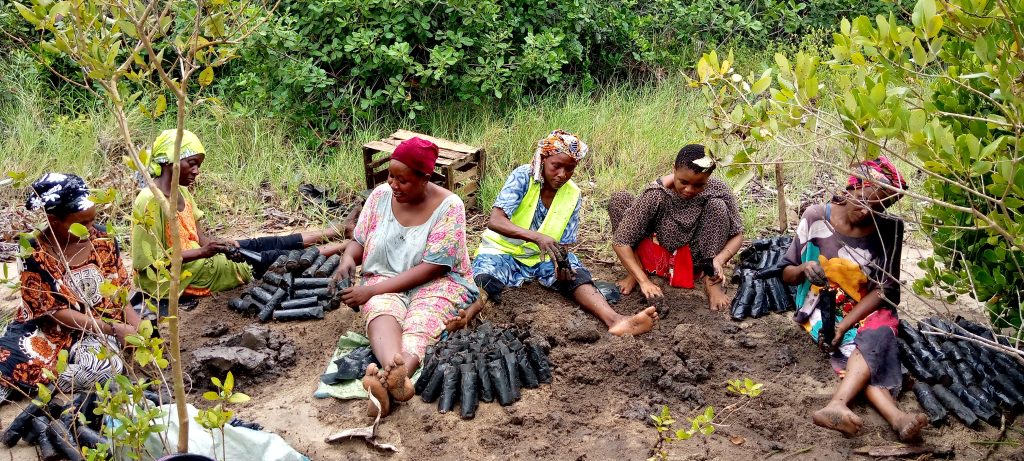
Our local coastal community and youth working to place the collected mangrove propagules into bags for placing into our constructed mangrove nursery
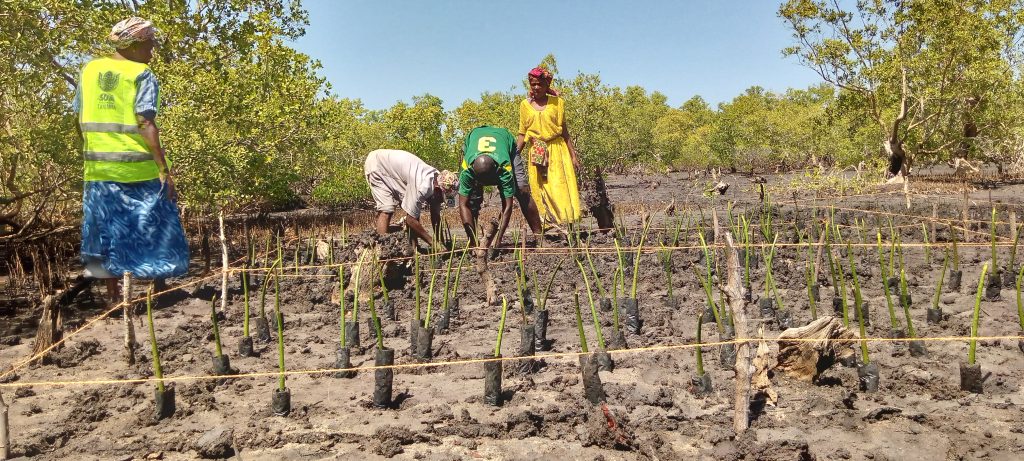
our constructed mangrove nursery with mangrove seeds
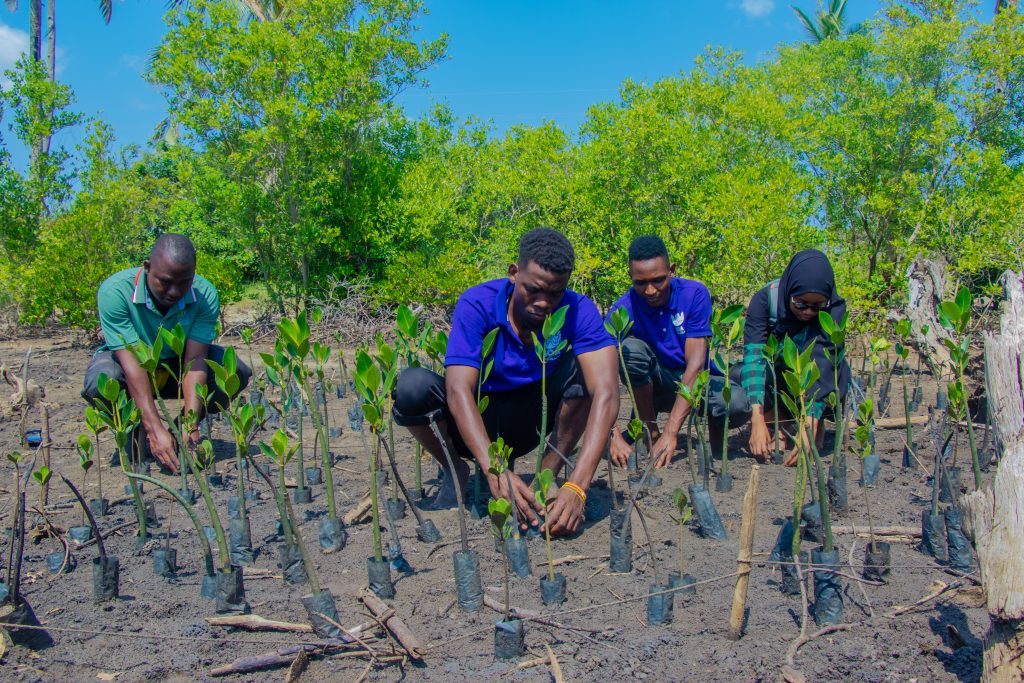
our grown baby mangrove seedlings in our constructed mangrove nursery ready for planting
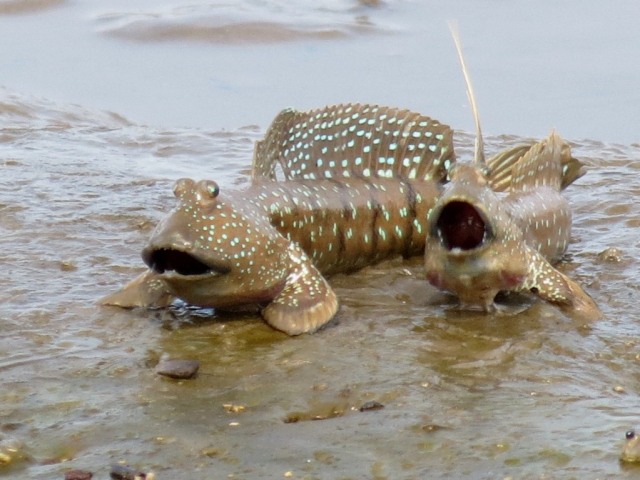
Biodiversity in Bagamoyo: Bagamoyo is home to a rich variety of marine and coastal biodiversity, including:
Mangrove Species – Such as Rhizophora mucronata, Avicennia marina, and Sonneratia alba.
Marine Life – Fish species like snapper, mud skippers, barracuda, and groupers, as well as shrimp and crabs that depend on mangroves as breeding grounds.
Seabirds and Waterbirds – Including flamingos, herons, and egrets that rely on mangrove habitats for nesting and feeding.
Sea Turtles – The coastline serves as a nesting site for endangered species like the green sea turtle.
Community Involvement
Mikoko Yetu is a people-centered initiative that directly engages 30 coastal community members from Bagamoyo in mangrove restoration activities. Indirectly, the project benefits the entire Bagamoyo population of 205,478 people (as per the 2022 Tanzania Census) by enhancing ecosystem services, improving fisheries, and strengthening climate resilience.
Youth Leadership & Collaboration The project is led and implemented by over 695 ocean leaders from SOA Tanzania, who play a key role in conservation, education, and community engagement. In addition, we collaborate closely with:
Local coastal community members
Tanzania Forest Service Agency (TFS)
Beach Management Units (BMU)
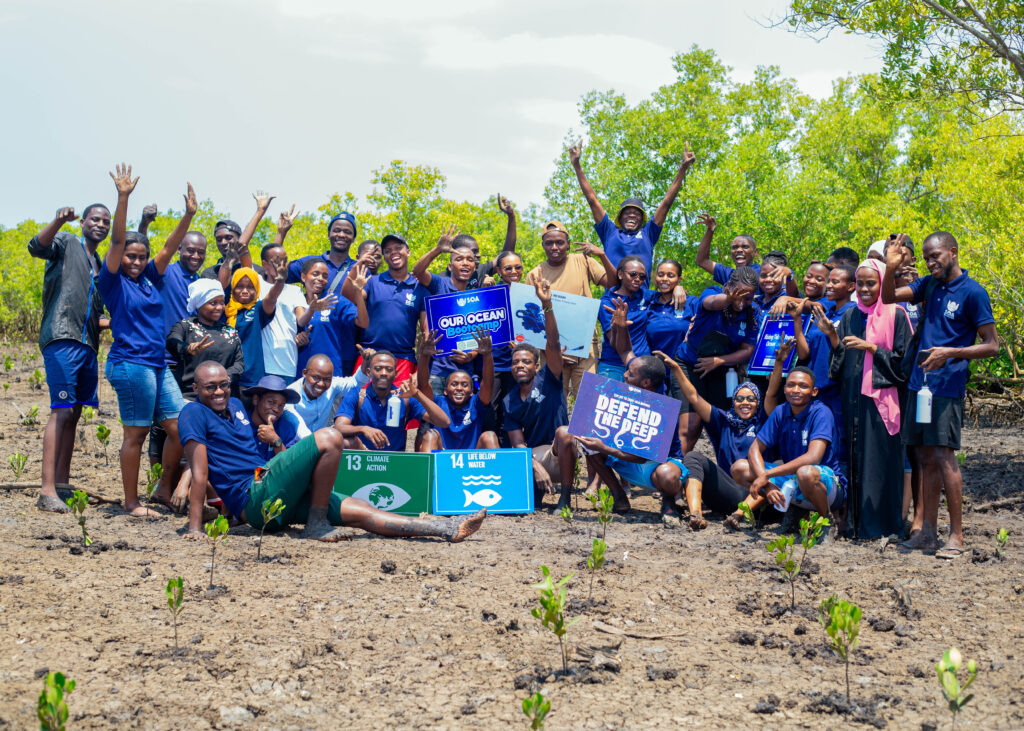
Mikoko Yetu’s Solution The Mikoko Yetu project tackles the problem of mangrove degradation by raising awareness about conservation, restoring degraded mangrove forests, and protecting existing ones. Additionally, the project empowers local coastal communities and youth in sustainable blue economy practices, including participation in the voluntary carbon credit market to ensure long-term environmental and economic benefits.
Why Mangroves Matter
Mangroves are critical for coastal protection, biodiversity conservation, and climate change mitigation. They act as natural buffers against coastal erosion, provide breeding grounds for fish, and sequester large amounts of carbon, making them essential in the fight against global warming.
Mikoko yetu Partners and Supporters

